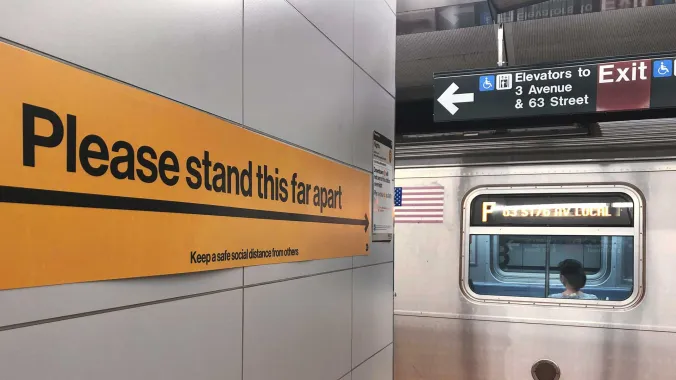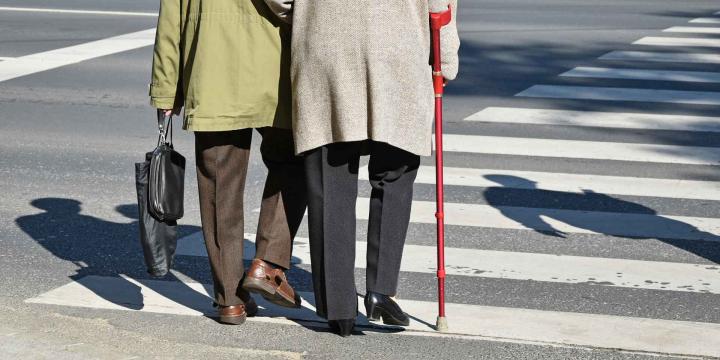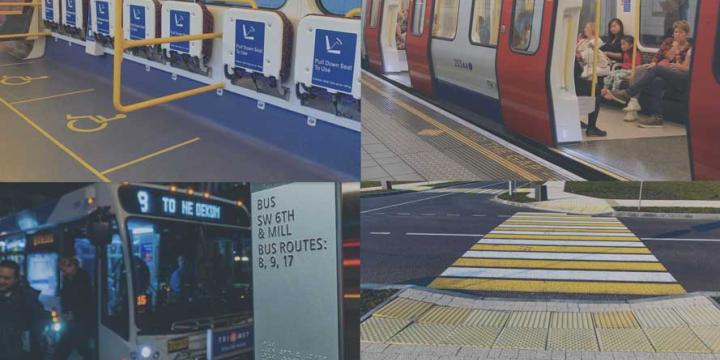Course Info
8 video lessons (42 Mins)
Published
2023-
4.43
Preview Course
Browse Course Chapters
-
1.Introduction
3 mins
-
2.Ridership and its Importance for Transit Service
2 mins
-
3.Who Are Essential Riders?
3 mins
-
4.The Pandemic’s Impact on Essential Riders
10 mins
-
5.The Mobility Impact of Covid-19 on Other Vulnerable Groups
8 mins
-
6.Travel Behavior After the Pandemic
3 mins
-
7.Rethinking Transit Budgets: Investing for the Most Needed
4 mins
-
8.How Can Urban Planners Help?
6 mins
What You Will Learn
- Understand the challenges that the Covid-19 pandemic has posed to U.S. transit services, agencies, and users.
- Learn about how the Covid-19 pandemic exacerbated the existing social inequity among U.S. transit riders.
- Gain insights on how urban planning decisions and transit funding processes could be adjusted to cope with the challenges that the pandemic brought.
- Understand key differences in the types of riders who use public transit systems in the United States.
- Understand the importance of restructuring transit budget priorities.
- Learn how planners can help make communities more resilient to external events like the Covid-19 pandemic.
Course Description
The Covid-19 pandemic decimated public transit service across the United States, causing significant decreases in ridership and system revenues, while leaving low-income and minority riders to deal with the worst of the consequences. The combination of higher costs and reduced transit service is an ongoing challenge that will determine the future of transportation planning in the post-pandemic future.
Despite the short-term funding relief provided by multiple federal relief bills, transit planners are rethinking everything from the routes traveled by buses to the frequency of buses and trains to the budget priorities and revenue sources for capital improvements and operations.
Learn these skills
- Equity
- Public Health
- Regional Planning
- Transportation
- Urbanism
AICP CM
This course is approved for .75 AICP CM credit.



























